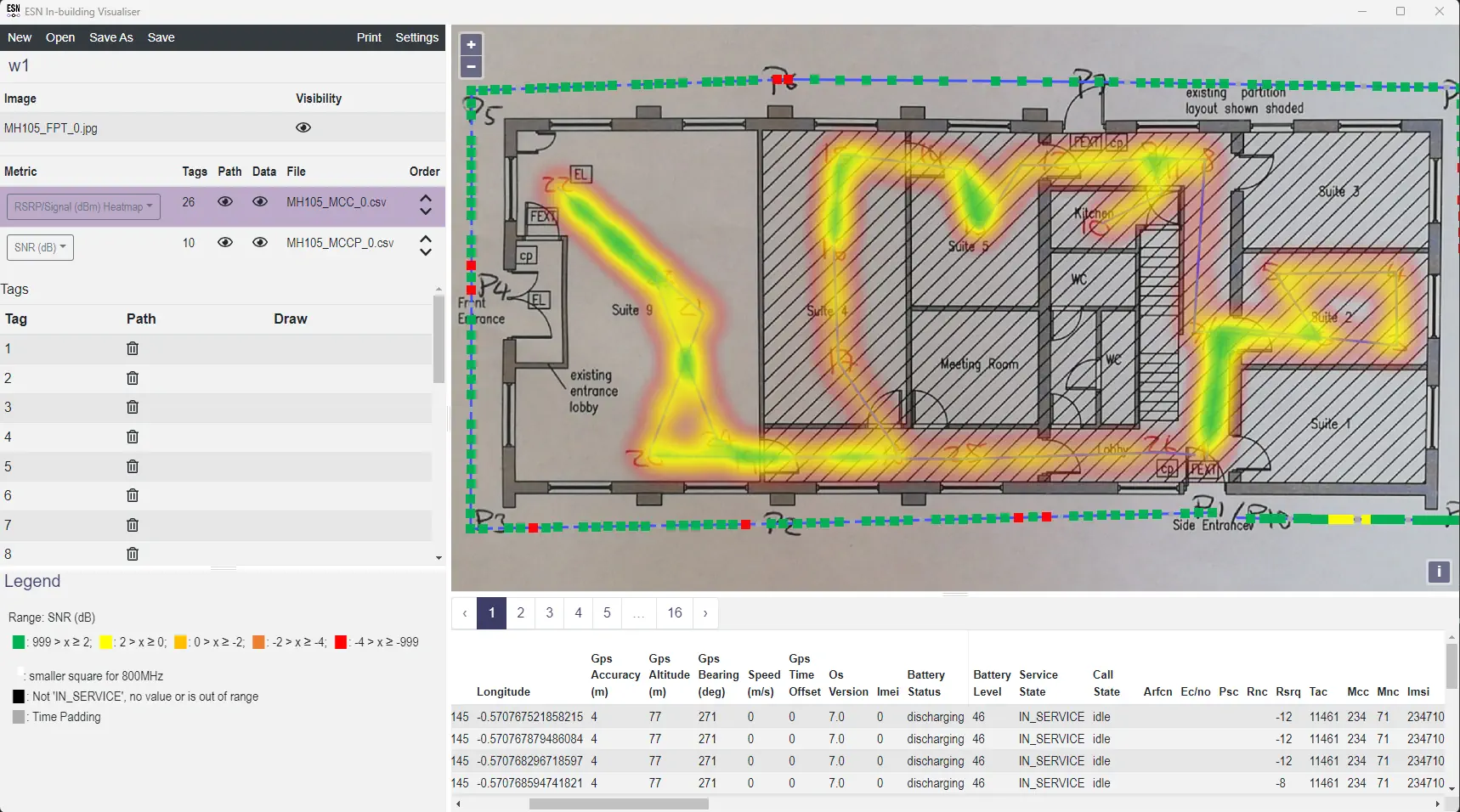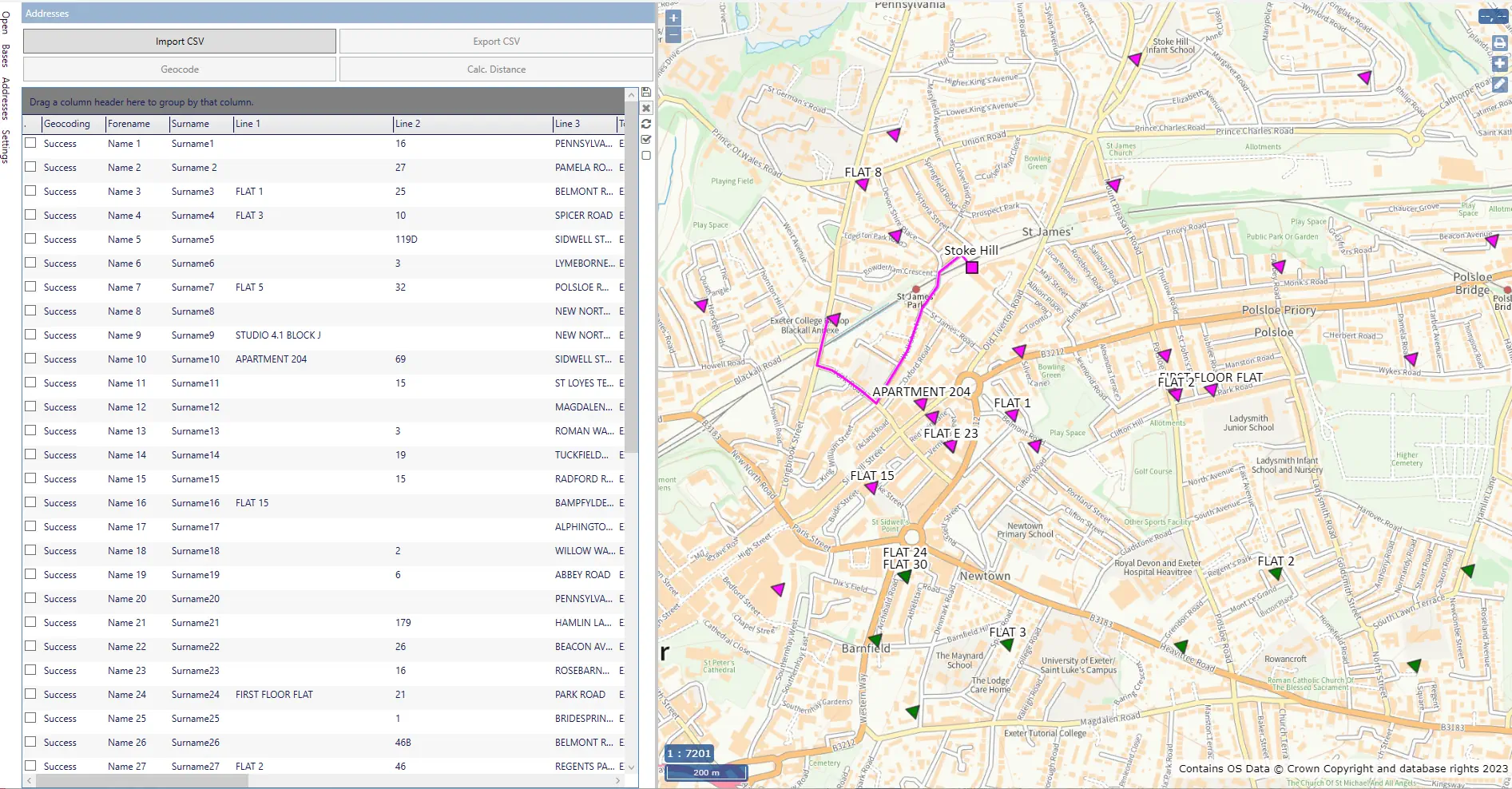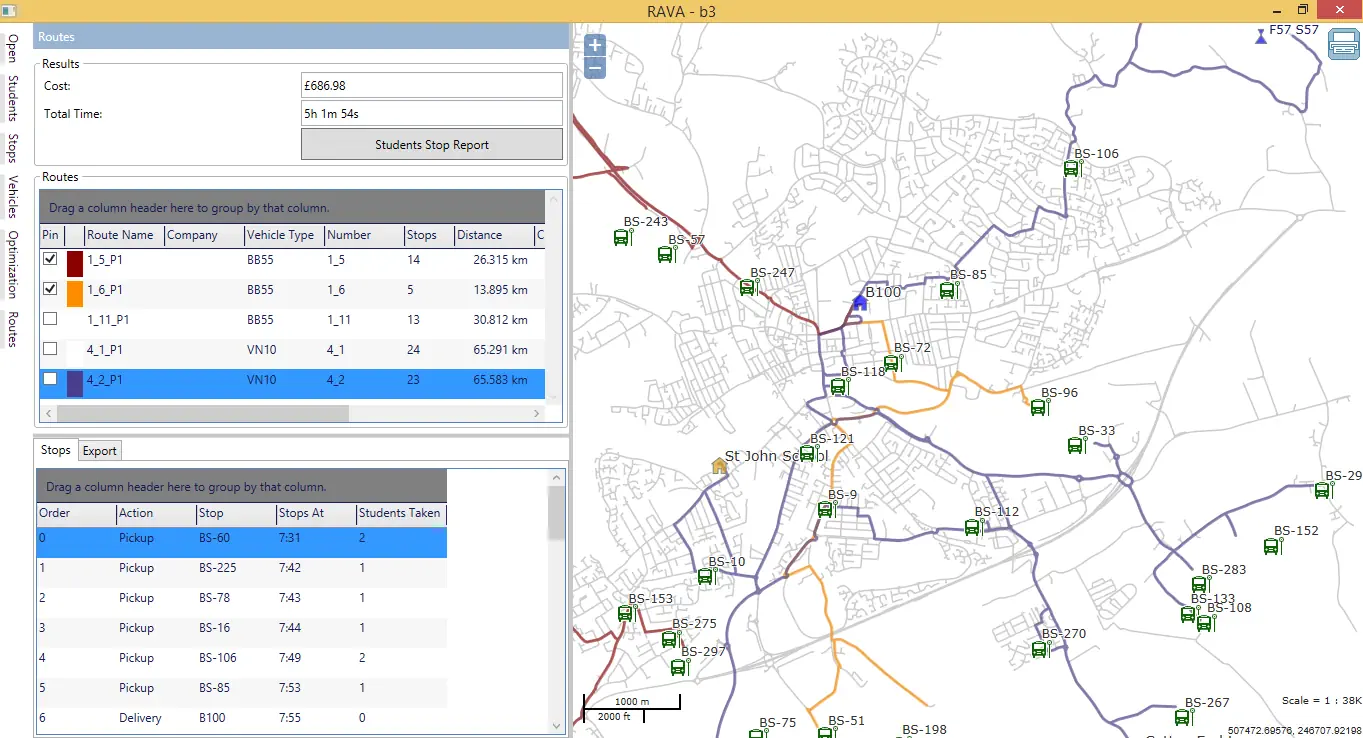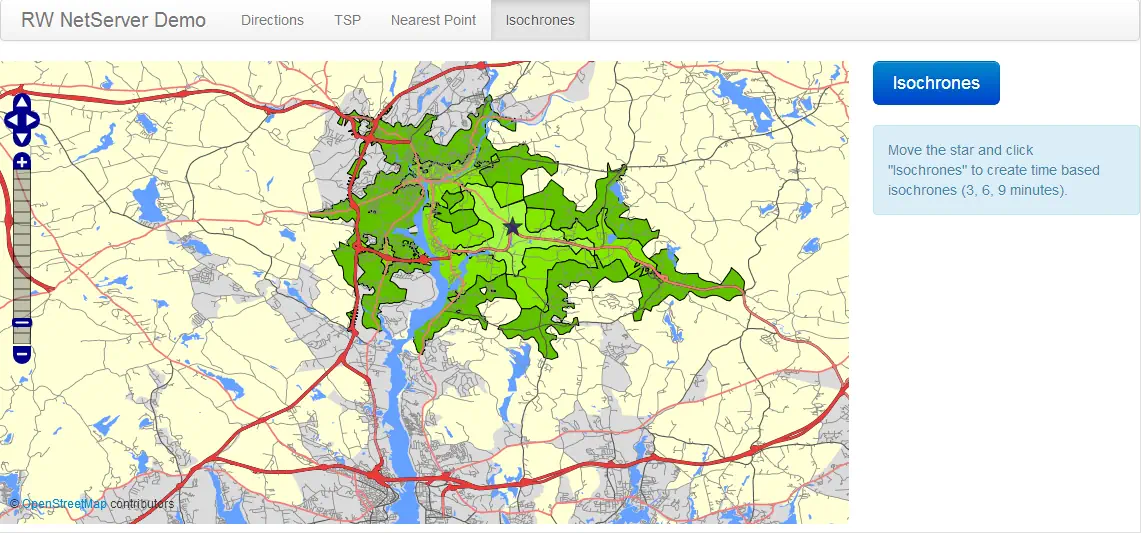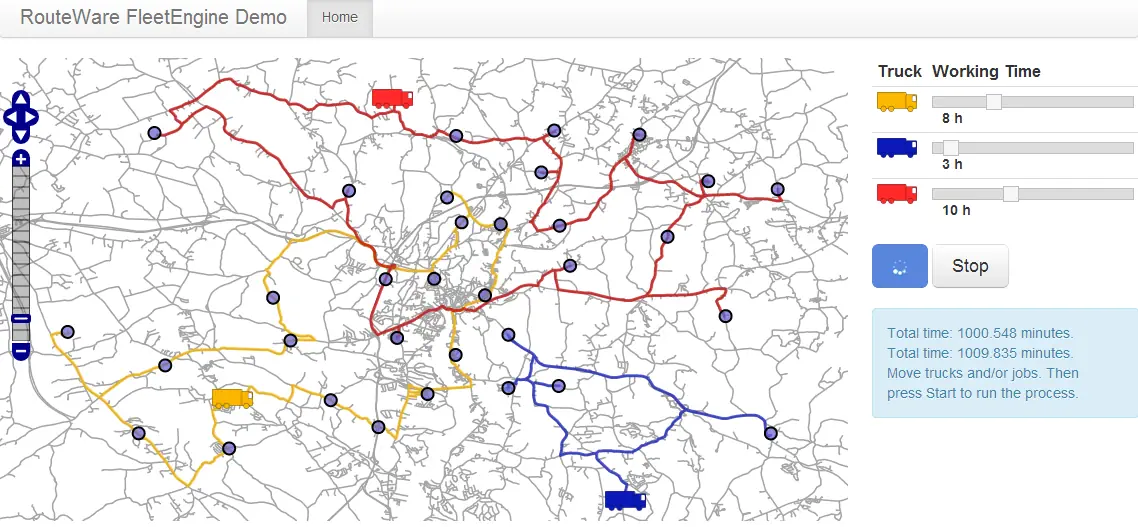
CyberSecurity Coach
CyberSecurity Coach is a simple yet effective web single-page application (SPA) designed for training RAF Cadets in cybersecurity scenarios. The application is written in TypeScript using React and Milligram, and it is deployed on Azure Storage as a static website. It communicates with an Azure Function, which handles user authentication and interfaces with the latest OpenAI API chat engine. The Azure Function provides the application with information about the user, tailoring the training experience based on their background, such as IT specialists, home users, or teenage RAF Cadets.
The application acts as a cybersecurity coach by presenting users with a set of scenarios and guiding them through their responses. It begins by greeting the user and displaying five different cybersecurity training scenarios. The user selects a scenario and interacts with the GPT engine, which describes the situation and asks for the user's response. The engine then evaluates the user's actions, updates the scenario state, and continues to interact until the scenario is either successfully resolved or fails. After completing the scenario, the application provides a summary and advice, asking if the user wants to try another scenario. The system ensures an engaging and educational experience by adapting to the user's language and expertise level, making it a valuable tool for cybersecurity training.
